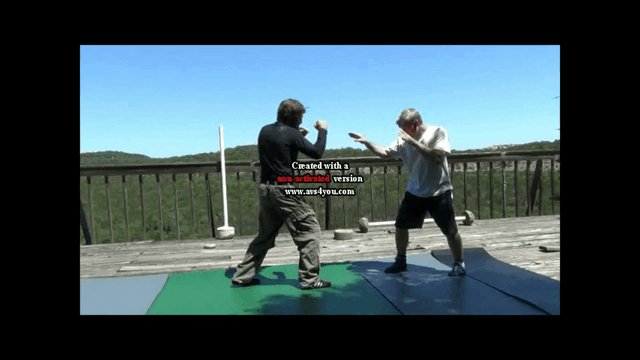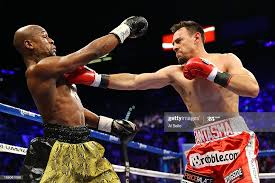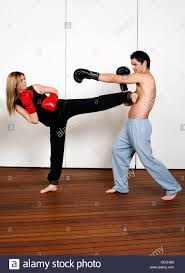obi_juan_salami
Green Belt
i think what the others might be getting at (and how ive always been taught) is that wing chun does not use preplanned combos or 'strategies'. like 'if he does this i will do that' or 'im going to hit him twice to the head and then hit his belly' or some of the strategies you have proposed.IMO, it's better to always move in the same way no matter how many fights that you have to deal with. The reason is simple. If you can repeat your strategy 10,000 times, you will be more familiar with your strategy than your opponent does.
One strategy that I like it very much is:
1. Kick at your opponent's leading leg knee joint -> 2. Use your hands to control his arms -> 3. Use your leg to jam his leading leg -> 4. attack.
1. Use kick to close the distance, and put opponent in defense mode.
2. Try to disable your opponent's punching ability (double hooks).
3. Try to disable your opponent's kicking ability (shin bite).
2, 3 are shown in this clip. I call this octopus strategy. I also like to use other strategies such as rhino strategy, zombie arms strategy, double hooks strategy, ...
In other words, my definition of strategy is how to reduce my risk to the minimum when I attack.

these methods can work to great effect but like all theories they have draw backs such as when the plan doesnt go how you wanted it to. What if the opponent doesnt react or move in the way you expected ? at best this leaves you to abort your initial plan and restart or think of a new one.
at worst your plan has left you open and you get hit. might work well in sport but in self defence you may not have time to work out your opponent and capistalise on weaknesses in his game that you find during the fight. we arent aiming to fight rounds here.
instead wing chun trains you through foundation work - to give your body the ability to move naturally, with power and speed, while in a certain structure that is not your natural way of moving.
technique drills - so you can intercept, evade and deflect oncoming attacks utilising the conditioning from your foundation work
and sensitivity drills - to deal with eratic changes in force from contact utilising your techniques.
Because these are behaviours, or reactions made natural, this will ideally leave you with the ability to adapt seemlessly to what ever move your opponent makes (especially once you have contact). making it your opponents moves that literally defeat them since the behaviours you have engrained should aim to cut your opponent off or 'corner' them so they are unable to continue as soon as possible (through the famous methods simultaneous attack/defence, unbalancing, interception etc). so wing chun doesnt make plans, just goes with the flow so to speak. of course initiating is an option but like any move you make comes with its inherent risks.



